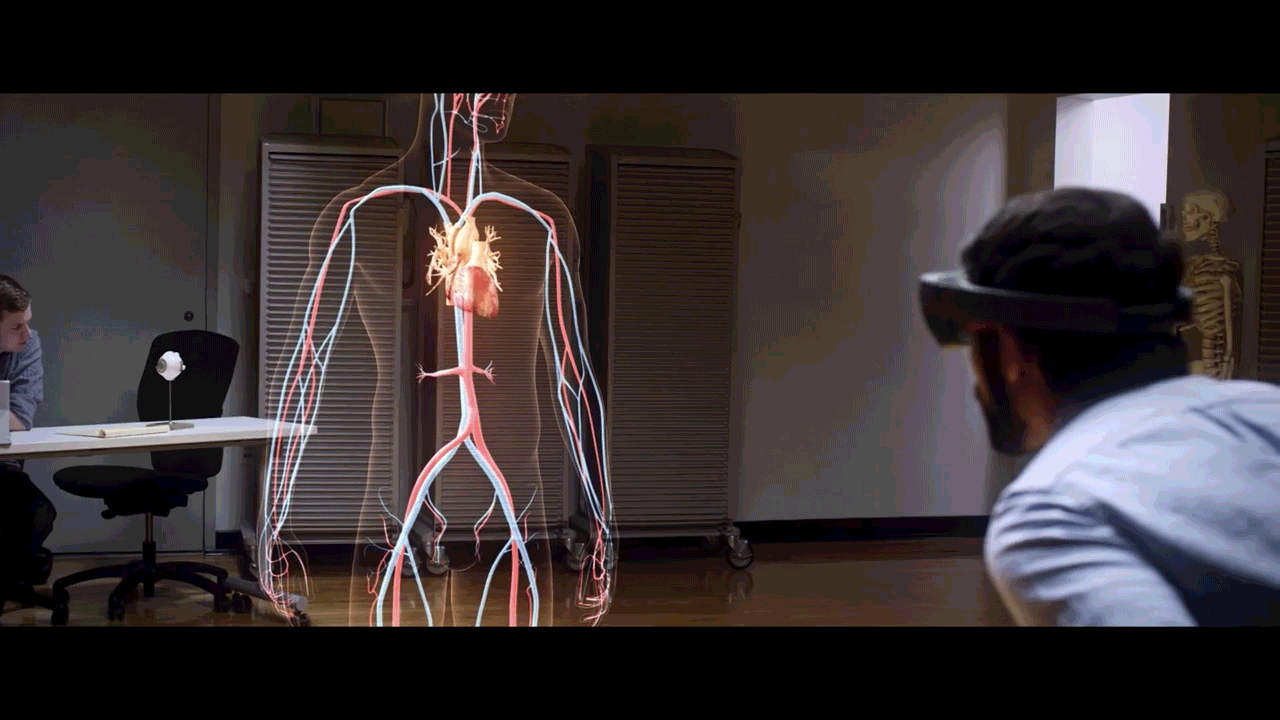For me it's a series of small and medium size compromises wrapped up in one really big compromise. It's obvious that it's a kind of simulation of what Apple wants to ultimately build but isn't currently able to - i.e. a pair of normal spectacles which can project windows and graphics around you. And it sounds like they've built that simulation about as well as you can with existing technology.
But I don't think that that simulation will ever be good enough for what Apple are trying to achieve. Filtering the real world through cameras and onto screens - the 'really big compromise' - seems like a technological dead end. No matter how good the cameras, how good the screens, and how good the video processing, it's just not ever going to be as good as looking at the world with your actual eyes.
And all of the technological hardware required to achieve the effect as it stands represents one of the other problematic compromises - the headset is big, heavy, and gets warm and sweaty, meaning it's not feasible for wearing over the course of a workday (I'm thinking of my own workday here, which is at home alone, in a chair at my desk all day).
Other issues - like the quality of the hand and eye tracking - I can actually envisage improving quite quickly. But I think even if those things are one hundred percent locked-on and rock solid, the bigger compromise of strapping a giant thing to your head to do a day's work isn't going to be meaningfully resolved by the current design.
Unless Apple can advance quickly to a point where screens and cameras can be eliminated in favour of transparent glass, I think today's Vision Pro and its future iterations will ultimately be relegated to curio status.
But I don't think that that simulation will ever be good enough for what Apple are trying to achieve. Filtering the real world through cameras and onto screens - the 'really big compromise' - seems like a technological dead end. No matter how good the cameras, how good the screens, and how good the video processing, it's just not ever going to be as good as looking at the world with your actual eyes.
And all of the technological hardware required to achieve the effect as it stands represents one of the other problematic compromises - the headset is big, heavy, and gets warm and sweaty, meaning it's not feasible for wearing over the course of a workday (I'm thinking of my own workday here, which is at home alone, in a chair at my desk all day).
Other issues - like the quality of the hand and eye tracking - I can actually envisage improving quite quickly. But I think even if those things are one hundred percent locked-on and rock solid, the bigger compromise of strapping a giant thing to your head to do a day's work isn't going to be meaningfully resolved by the current design.
Unless Apple can advance quickly to a point where screens and cameras can be eliminated in favour of transparent glass, I think today's Vision Pro and its future iterations will ultimately be relegated to curio status.




Comment